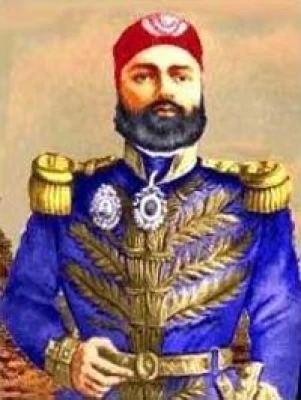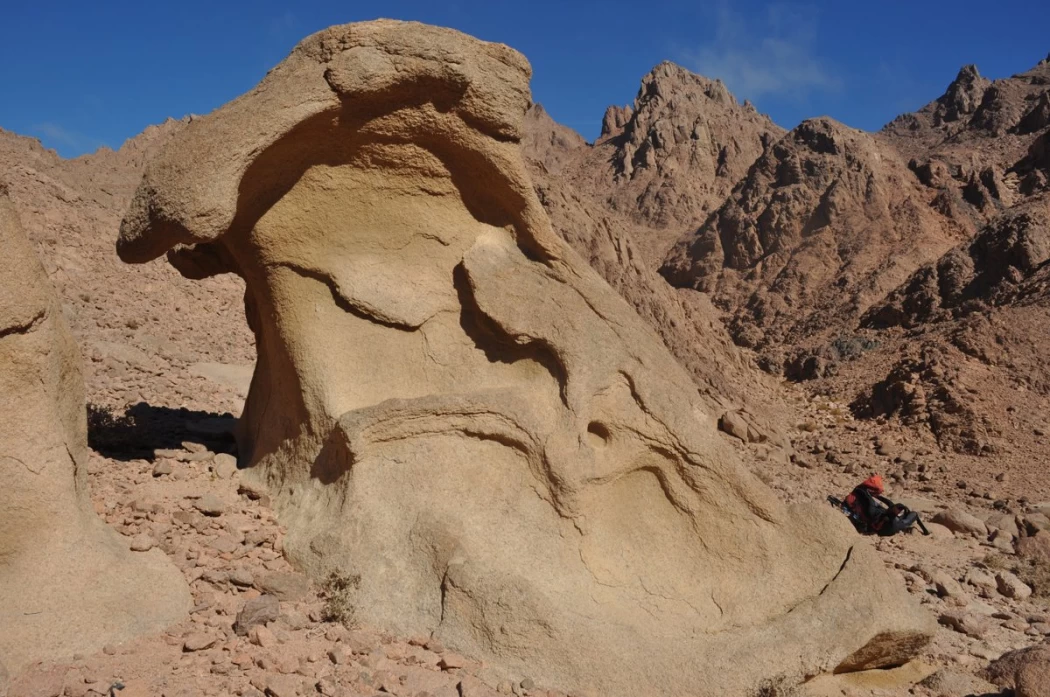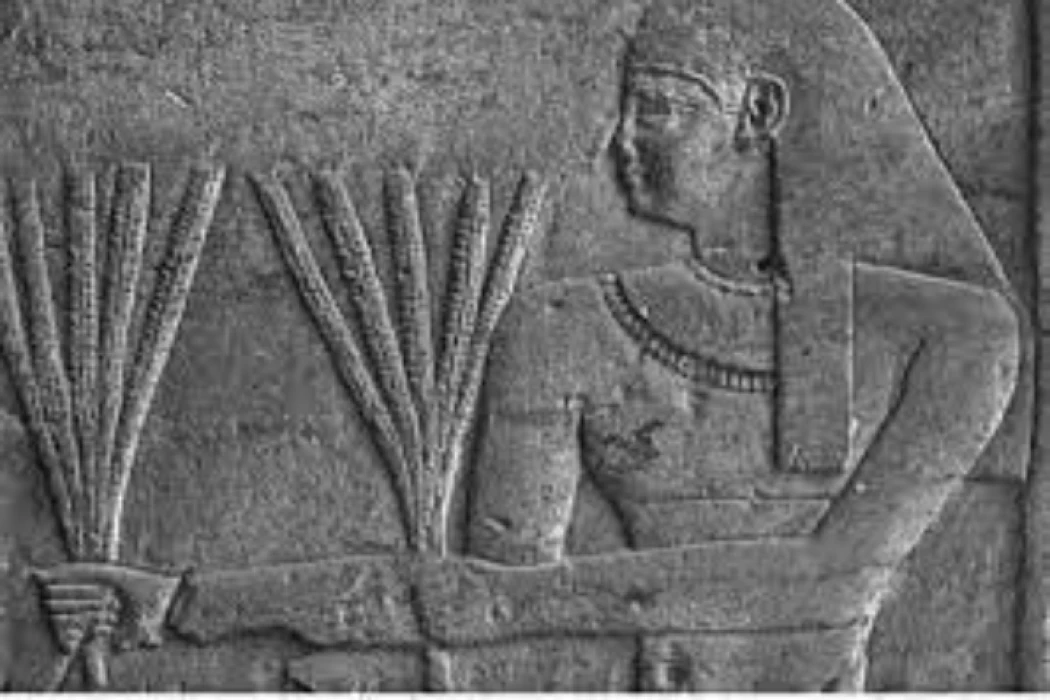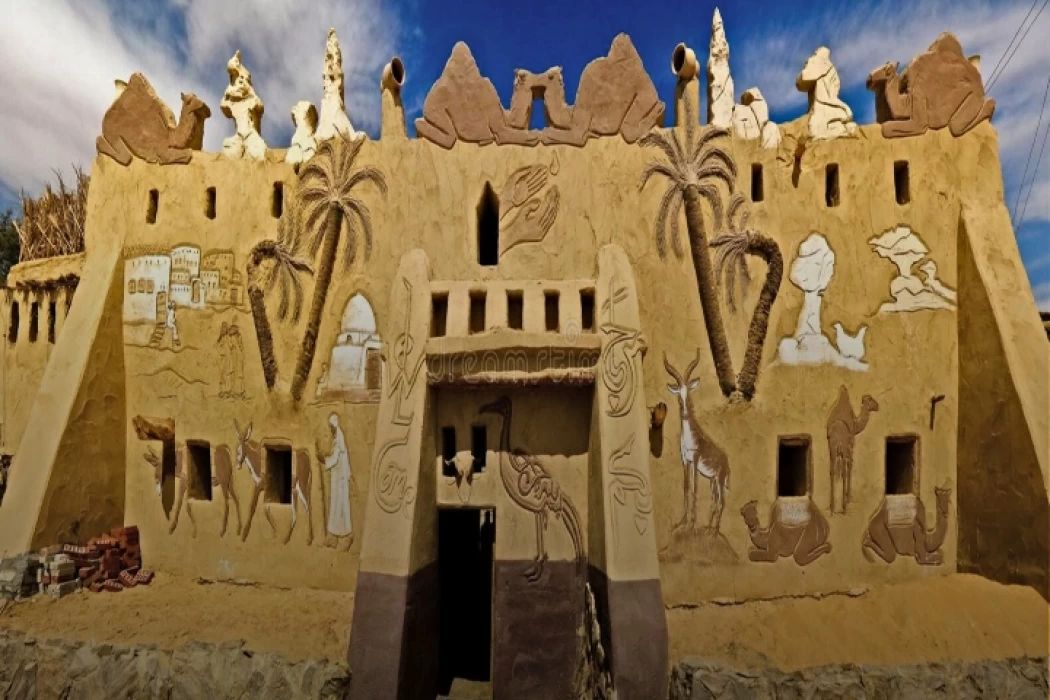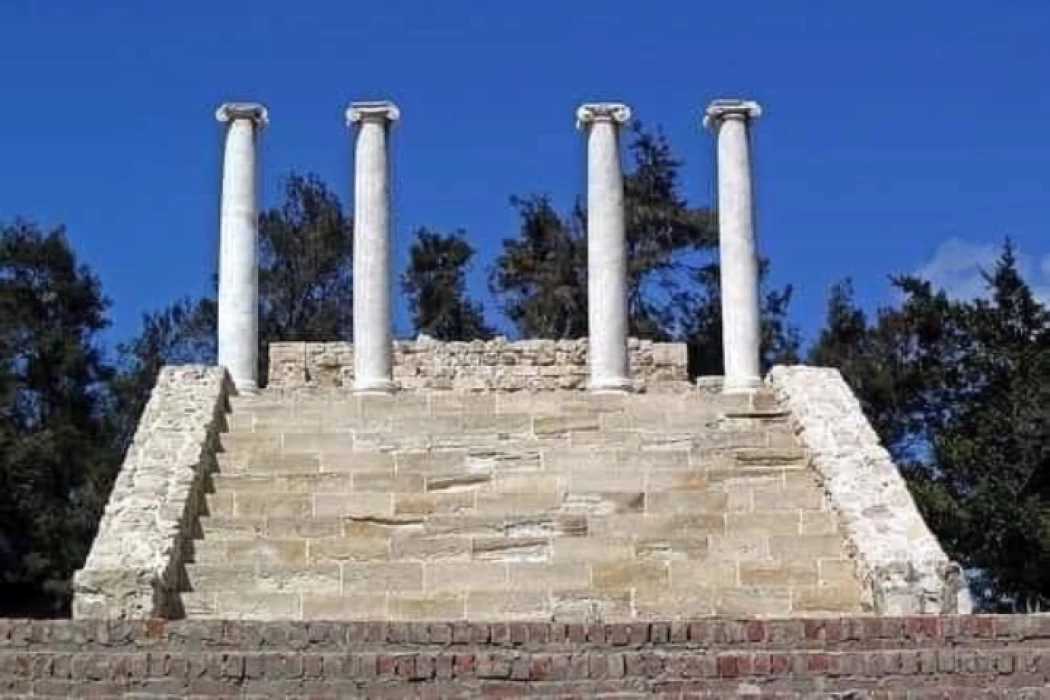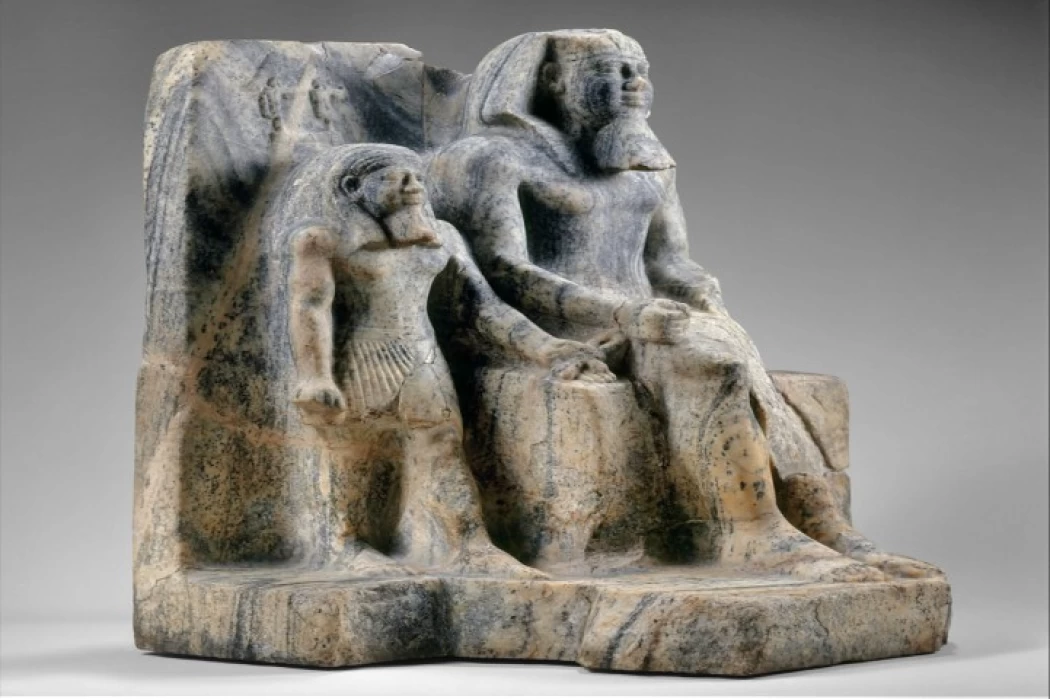
Biography of King Pepi I
After this mystery, a boy king named "Bibi" appeared on the throne of the country, and a cat that has been holding the reins of the country with strength and determination for about half a century, and he is rightfully considered one of the greatest pharaohs who have firmly and actively captured the corner of the situation in Egypt in all eras of its history. Indeed, he did not leave us documents indicating his works such as "Ramses II" or "Ahmose I", God only the inscriptions of "Oni", but we replace that with the monuments he left, the inscriptions of the quarries and the artifacts he left behind and the great men who lived in his time, which sheds some light on his reign, and what happened in the great works, and it seems that he was but despite all this, the signs of things foretell that Bibi was loved in the eyes of his people and that he was the noble Pharaoh among the Kings of his family. We should not be exaggerating if we decide that the accuracy of making this statue and its proximity to the truth surpasses all the statues made before it, even those found for Khafre, and "Menkaure", and it is indisputably one of the greatest treasures found by archaeologists in our time, and was uncovered by the archaeologist koibel" along with another small statue of the same metal when he was digging in the town of "heraknopolis" (Cape). The two statues are attributed to one person, and some archaeologists think that they represent "Bibi i" himself and his son, Prince "Meren ra", who succeeded his father directly or represent Prince "Nefer ka Ra Bibi II", but Professor Flinders Petrie considers that the two statues are of King Bibi himself, to leave the choice for his consort to wear the King's body in his youth or his old age.
Some historians believe that " Bibi "is the son of King" ETI", especially if we know whether the Queen" Abbot "or not was the husband of" Teti", but all this is a kind of accepted guess, Bibi, and we can infer a little about the activity of this pharaoh during his reign from the buildings that he erected or repaired throughout the length and width of the country, and there is no dispute that the original buildings of" Bibi " have disappeared due to their reconstruction in the following eras, but despite that we find some remnants of his monuments still exist. Traces of his name have been found in Tanis, tell basta,"Al-Arabah", Dendera and qaft, indicating that he left inscriptions on rocks as far as the region of Lower Nubia. It seems that "Bibi" was not successful in the interior of his house; we find a reference in the inscriptions "Oni" that the king ordered the trial of his wife "imtes" before a court specially formed for this purpose, but we do not know anything other than this reference, and history has left us in darkness about the cause of this trial and the crime that she committed, and it is not far that she wanted to conspire against the King on the trail the mask reveals this mysterious secret. The person in charge of this trial, as mentioned by "Oni", hinted at her in his inscriptions with all skill and skill without condemning the Queen to innocence or criminality, and then we did not hear about her in the inscriptions evil or good, but the other two wives of the King were sisters, and they were also two great ladies descended from a hereditary prince and Ruler, a priest named "Khoi and his wife "Nabat". It is not surprising if we find the brother of these two queens, who is attributed to a family of hereditary Princes, has enriched great wealth and has become one of the greatest state titles, so the brother of the two queens, Zhao, held the title of Governor, Chief Judge, Minister, Head of royal clothes, keeper of the Pharaoh's ring, and other titles during the reign of his little nephew, "baby II", and since this "Zhao" owes his sisters and the favor that he received, he wanted to acknowledge the beauty to them, and he did so in a purely Egyptian way, by erecting a painting in the "godmother", in whose inscriptions he praised their memory; as it stated the following: The wife of the King, belonging to the pyramid called Meri Ra, remains beautiful", very beloved, very lucky, great property, companion of the "HOR" (king) or the King's mother. "MERN Ra" was the son of Queen "Meri Ra ankhs I", and "MERN Ra II" was the one who gave birth to the second "Nefer ka ra" who lived a long time until about a hundred, and sat on the throne for at least 94 years, and some historians thought that Meri Ra ankhs I died immediately after giving birth, so "Bibi I" married her sister "Meri Ra ankhs II", and this may be true, and it is not surprising the two sisters, for himself a pyramid in Saqqara, and he named it "well established" and it is larger than the pyramid of Wanas and the pyramid of" Titi", and it was engraved on the walls of the internal burial chamber a similar to that in the pyramid of" Wanas "and" Titi "and its writing is smaller in size than the writing of the pyramid of "Titi", and This pyramid is adept at hiding the burial chamber and taking care of putting obstacles in the way of access to it, but despite all the reservations made in this way, the thieves ran to the place of the sarcophagus made of basalt stone and smashed and tore the body of this great pharaoh, in addition, they removed all the Royal cartridges in the corridor leading to the burial chamber, and it is likely that this the rebels. However, this work of the revolutionaries has revealed to us the method of erecting this pyramid; we find the walls of the pyramid body of white stone crusts stuffed with small pieces of lime fragments, instead of the stone blocks with which the Great Pyramids of Giza were all built, and from this we know that the intention of building the pyramid in this way is to be beautiful, and it does not matter to fill it from the inside, and this is for my age one of the signs of weakness that is beginning to appear in the areas of Public Utilities in the country despite its apparent strength and grandeur. The newly revealed monuments indicate that the honorable and great people of the country, one of their influence is gradually increasing and gaining favor with the Pharaoh, and they did not have a way to show their authority and Luck back only by writing it on their tombs, which they believed would be eternal, and that the ancestors would read their great works and their excellent position with the Pharaoh, and that is a feature that the Egyptian distinguished from the rest of the nations of the East, so we find a glimmer of Light sent to us from time to time from the archaeological despite the length of time and generations, one of the greatest remnants of this era is the inscriptions left by the aforementioned "Oni" and he lived in a reign of more than Three kings, and he told us what he was doing from the great deeds and what he received during the reign of each pharaoh of sophistication, and now he tells us about the incidents that happened to him during the reign of "Bibi I". He said: "I became the head of the decoration House during the reign of His Majesty" Bibi I", and His Majesty promoted me to the rank of Samir and high priest for his funeral Waqf (i.e. for the Waqf of his pyramid), and then he installed me. Judge of Nakhon, and chairman of the Great Council of Six. His heart was more active than all his other servants, and I was investigating his cases with none other than the minister discreetly in the name of the king, this was especially true in the royal harem, as well as in the Great Court of the six; because I was loved to His Majesty's heart more than all his dignitaries, more than all his great and all his other servants.
Latest Articles
Admin
Regin of Abbas I of Egypt | Abbas Pasha I
Abbas has been often described as a mere voluptuary, but Nubar Pasha spoke of him as a true gentleman of the "old school". He was seen as reactionary, morose and taciturn, and spent nearly all his time in his palace. He undid, as far as lay in his power, the works of his grandfather, both good and bad.
Admin
Story of Gabal Shayeb Al Banat - Red Sea Mountain
Jabal shayb al-banat is one of the Red Sea Mountains in the eastern desert in Egypt, located to the west of the city of Hurghada at a latitude of 27 degrees north and a longitude of 33.5 degrees east of the Greenwich line approximately, this mountain is the highest mountain peak in the eastern desert with a height of up to 2185 meters, it is a prominent mass of igneous rocks
Admin
Neper God Of Grain
Neper was the deity of grains, particularly cereals that were important in Ancient Egypt, such as wheat and barley. It was stated that he foretold when the crops would grow, be harvested, and disappear.
Admin
Badr Museum in Farafra
The Badr Museum is located in a mud building, which is the common home found in this medieval part of Egypt. All of the artwork that was created by the artist is quite unique. His work almost always depicts life in the Farafra Oasis and he provides the work through both painting and sculpting.
Admin
The Black Head Temple
The Black Head Temple is a small temple dedicated to the worship of the goddess Isis and was discovered in 1936, by chance, in the Black Head area, which is now located within the Mandara area of the Montazah district in Alexandria. This temple was moved from its original place to the Latin Necropolis in 1994.
Admin
The Queen Tetisheri
Tetisheri was the mother of Seqenenre Tao, Queen Ahhotep I, and possibly Kamose. For sure, she was the mother of Satdjehuty/Satibu, as attested on the rishi coffin of the latter. At Abydos, her grandson King Ahmose I erected a Stela of Queen Tetisheri to announce the construction of a pyramid and a "house" for Tetisheri.
